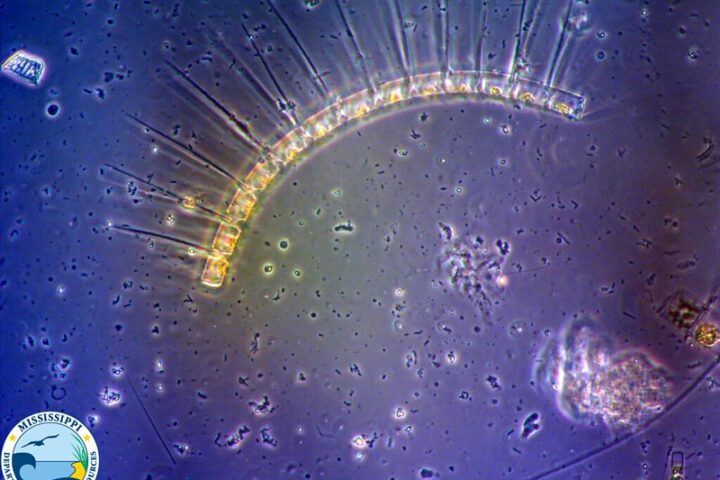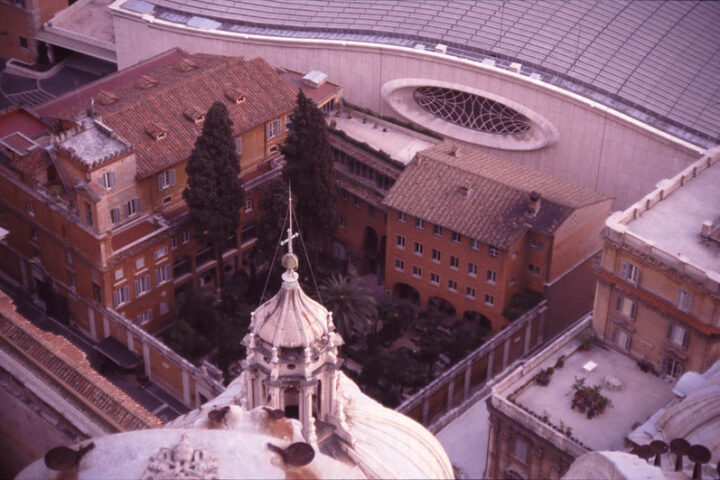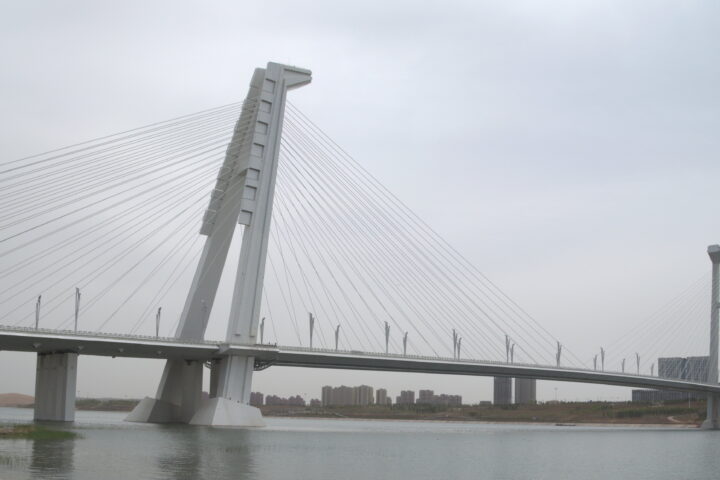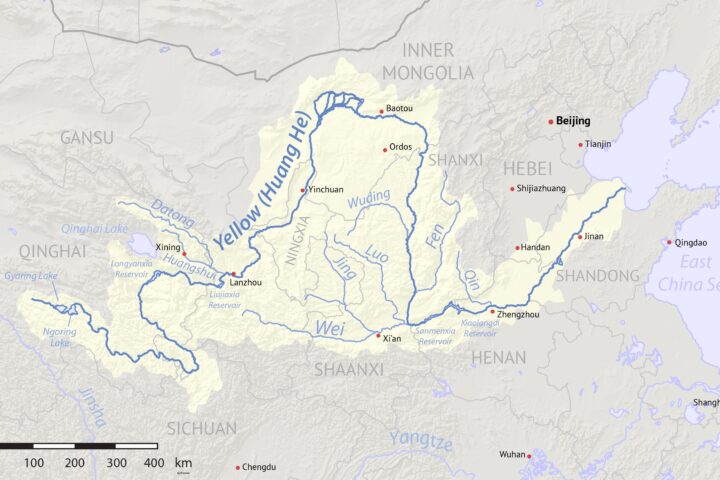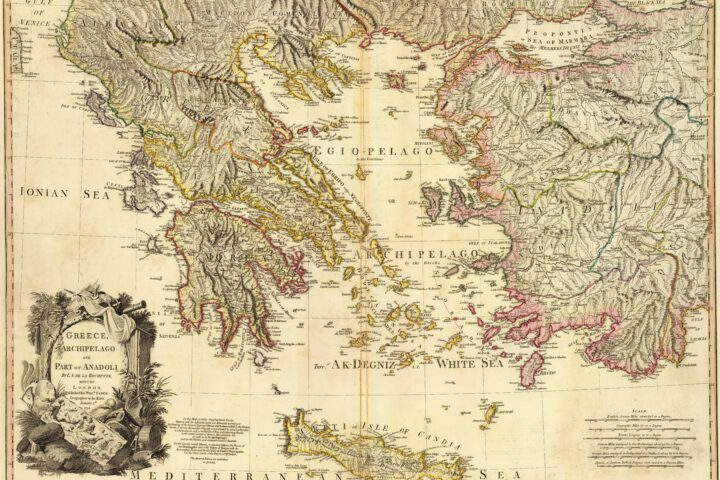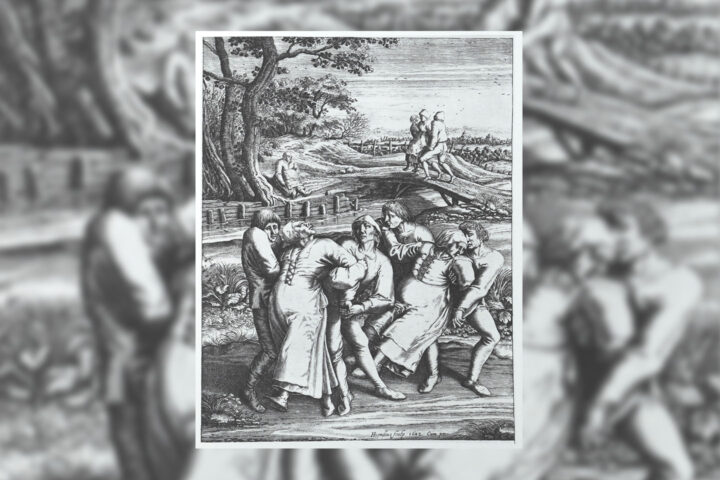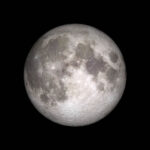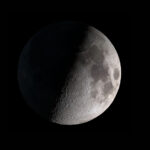Source: pexels-visit Greenland 360912
The Earth is a wonderous planet which has undoubtedly impressed generations of human beings into thinking more about it. Other planets in this universe might be just as good- if not better- but there’s something about our mother planet that can’t go unnoticed.
Other than the structures created by humankind over the years we have proliferated on Earth, there are numerous natural wonders on this planet which can easily wow the socks off of anyone. From the beautiful snow-caped mountains to the Northern and Southern lights in the north and south pole- these are all very majestic.
In all of this, the Northern and Southern lights are most definitely the most magical- these are literal lights in the sky! The curiosity these have roused is no joke and now, we know quite a lot about this phenomenon. Do you want to learn more about these lights? If yes, read on!
What?
The sparsely populated regions of the North and South poles bear witness to the mysterious aurora streaking the sky in vibrant colors. These have been the subject of many cultural myths, beliefs, and stories through which people gauge at what exactly are these.
The geography is important. Areas like Greenland and Antarctica are the best places from where you can see the auroral displays. Cultures around these places have various myths related to the beautiful lights.
Vikings in the North believed that these lights were reflected when the Valkyries wore their armor to lead their battalions to their ruler, Odin of Asgard. Another group in the north were the Sami who thought that these were the souls of the dead and a bad omen which demanded respect but also fear- if you tease the light, you would be carried into the sky.
People from Iceland believed that while these eased the pain of childbirth, no pregnant woman should look at them directly because the kid will be born cross-eyed otherwise. In Greenland, there was another twist to the myth- these were actually the souls of the children who died in childbirth! This isn’t the end though. There are many many myths in many more cultures which are just as interesting- if not more.
But cultural importance aside, let’s try to understand the science behind this phenomenon now.
How?
The main actors in play here are the magnetic field around the Earth and the solar ejections of the Sun. These will help us understand the ‘how’ now.
The Sun is an active player that continuously releases electrically charged particles, causing solar winds and the (rare) solar storms. This happens in the Corona which is the upper atmosphere of the Sun where there are streamers of particles contributing to the solar winds. These particles, then, travel some 150 million kilometers to reach the Earth’s magnetic field- also called the earth’s magnetosphere.
This magnetosphere does a very good job of protecting us from these solar winds and particles but some particles are able to squeeze their way in through this layer. The magnetosphere doesn’t let this go unnoticed though. In response, the magnetic field starts contracting and the particles get confined to the magnetic poles of the earth. Imagine it this way- you have a blown-up balloon and then you start to squeeze it in the middle. The upper and down end of this balloon are stretched and turn oval in shape. This is the shape the aurora takes on- oval. The particles then collide with all the gases in the atmosphere to emit different energies in the form of beautiful, vibrant colors. The wave-like pattern is created as a result of the magnetic field’s shape reforming after the pressure is removed.
In history

Source: pexels-therato-10012671_aurora-borealis-over-snow-covered-mountain-
There have been two major incidents in the past when the intensity of a geomagnetic storm has been so high that we have witnessed the lights in areas where they typically aren’t observed. It happened, first, in 1859 and has been the greatest solar storm to have hit the Earth’s atmosphere- the Carrington Event. The second time it happened in Japan in 1770- not the same magnitude but maybe even bigger than the other one.
The Carrington Event
In August 1859, astronomers who were watching the stars, the sun, and the planets saw something interesting. They noticed that the number of sunspots on the solar disk were growing. This was quite an intriguing phenomenon and Robert Carrington, an amateur astronomer, was also one of the many astronomers who was fascinated by this ongoing event.
Carrington decided he would sketch the spots and on September 1, he was ready and started sketching whatever he could see. As he continued, suddenly, there was a very bright flash of light- he described it as a “White Light Flare”. It lasted for some five minutes but the impact it left is present till day. Just one day after this had happened, the Earth experienced a sudden geomagnetic storm which did two things. First, it caused the auroral lights to become visible even in the tropics and at the same time, it also ruined all the telegraph systems the people had. This prompted Carrington to do something that had never been done before- he made a connection between the solar flare he had seen and the massive geomagnetic disturbance. And he was right! This flare was a major coronal mass ejection characterized by a burst of magnetic plasma from the Corona, the upper atmosphere of the Sun.
The effects were observed by many. Telegraph machines and operators sparked and many got burned. Many onlookers in the tropics got to witness beautiful auroral lights they usually wouldn’t get to see. It was that huge. Its severity prompted scientists to understand what a solar storm of this magnitude will do to our world today. The answer is simple- if this would have happened in anytime between 2020 to now, we would have lost many trillions of dollars’ worth of money to an internet apocalypse which would have ruined communication for all of us.
Japan, 1770
The Japanese could have never imagined their skies would turn crimson and then, burst into different colors out of nowhere in September, 1770. But it did turn crimson and they were surprised.
It has been found by some researchers that a storm seven percent larger than the one in the Carrington Event hit 18th century Japan even before the latter had happened. It was mid-September when the skies in Kyoto turned red and surprised hundreds of Japanese who looked up to watch the aurora in the sky.
Information for this event was studied and extracted from a recovered diary from the Higashi-Hakura family and a detailed painting in the manuscript Seikai (which means Understanding Comets). The diary recounts how the “red clouds covered half of the sky to the north, toward the Milky Way,” and “a number of white vapors rose straight through the red vapor.” The painting, on the other hand, helped researchers find the geometry of the aurora and the strength of the storm causing it. It was indeed a larger storm and the enthusiasm and curiosity of the amateur astronomers from the olden days is what helped us find out.
Should we worry?
After reading about the earlier events in history, it is obvious anyone would feel scared of what will come next in our future. I have already told you about the bad news and everything that will get disrupted if a big solar storm happens today. Now I will tell you about a recent observation.
Recently, the Indian Astronomical Observatory in Hanle, Ladakh, reported to observing the Auroras in Ladakh between April 22, 2024 to April 23, 2024 in India. This is surprising, isn’t it? All this time we have discussed how the lights are only seen in the poles and what happens if they don’t. Well, India didn’t go through a devastating solar storm. But this was caused by another coronal mass ejection which was classified as a medium-sized M1 class solar flare. It was predicted that this would trigger a minor or moderate geomagnetic storm but what was observed had been a severe class geomagnetic storm instead.
This storm was what prompted the lights to go as low as India and China; a dip this low hasn’t been observed since 2015. This is but a prelude to the solar storm we are expecting in 2025. The sunspot activity of the sun is cyclic in nature and has a period of 11 years. 2025 is when we expect the solar magnetic storms to reach their peak. Experts worry this will wreak havoc on our civilization as we know it. The internet, our communication systems, and radio commissions are at risk here.
So, should we worry? Yes. Can we still make it out of it? Maybe. Depends on our luck.
Resources
What?
- Falck-Ytter, H. (1999). Aurora: the northern lights in mythology, history, and science. SteinerBooks.
- Purewal-Legha, A. (2023). Aurora Borealis—not BORE-alis! The Northern Lights’ Ancient Legends and Scientific Wonders. The Synapse: Intercollegiate science magazine, 38(1), 4.
How?
- Purewal-Legha, A. (2023). Aurora Borealis—not BORE-alis! The Northern Lights’ Ancient Legends and Scientific Wonders. The Synapse: Intercollegiate science magazine, 38(1), 4.
In history
- May, A., & Dobrijevic, D. (2022, May 20). The Carrington Event: History’s greatest solar storm. Space.com; Space. https://www.space.com/the-carrington-event
- Gebhardt, C. (2020, August 28). Carrington event still provides warning of Sun’s potential 161 years later. NASASpaceFlight.com. Retrieved June 24, 2022, from https://www.nasaspaceflight.com/2020/08/carrington-event-warning/
- Klein, C. (2012, March 14). A perfect solar superstorm: The 1859 Carrington Event. History.com. Retrieved June 24, 2022, from https://www.history.com/news/a-perfect-solar-superstorm-the-1859-carrington-event
- Frost, N. (2017, October 4). Japanese Scientists Turn Literary Detectives to Study a 1770 Magnetic Storm. Atlas Obscura; Atlas Obscura. https://www.atlasobscura.com/articles/aurora-kyoto-1770-painting-science-magnetic-storm
Should we worry?
- The Weather Channel. (2023, May 2). Northern Lights In India? Solar Storm Triggers Rare Auroras In Ladakh’s Skies | Weather.com. The Weather Channel; The Weather Channel. https://weather.com/en-IN/india/space/news/2023-05-02-intense-solar-storm-triggers-rare-auroras-in-ladakh-india
- Smith, M. (2021, July 29). Here comes the sun (and it’s not all right). WIRED Middle East; Wired Middle East. https://wired.me/science/sun-solar-storm-2025-impact-on-earth/


